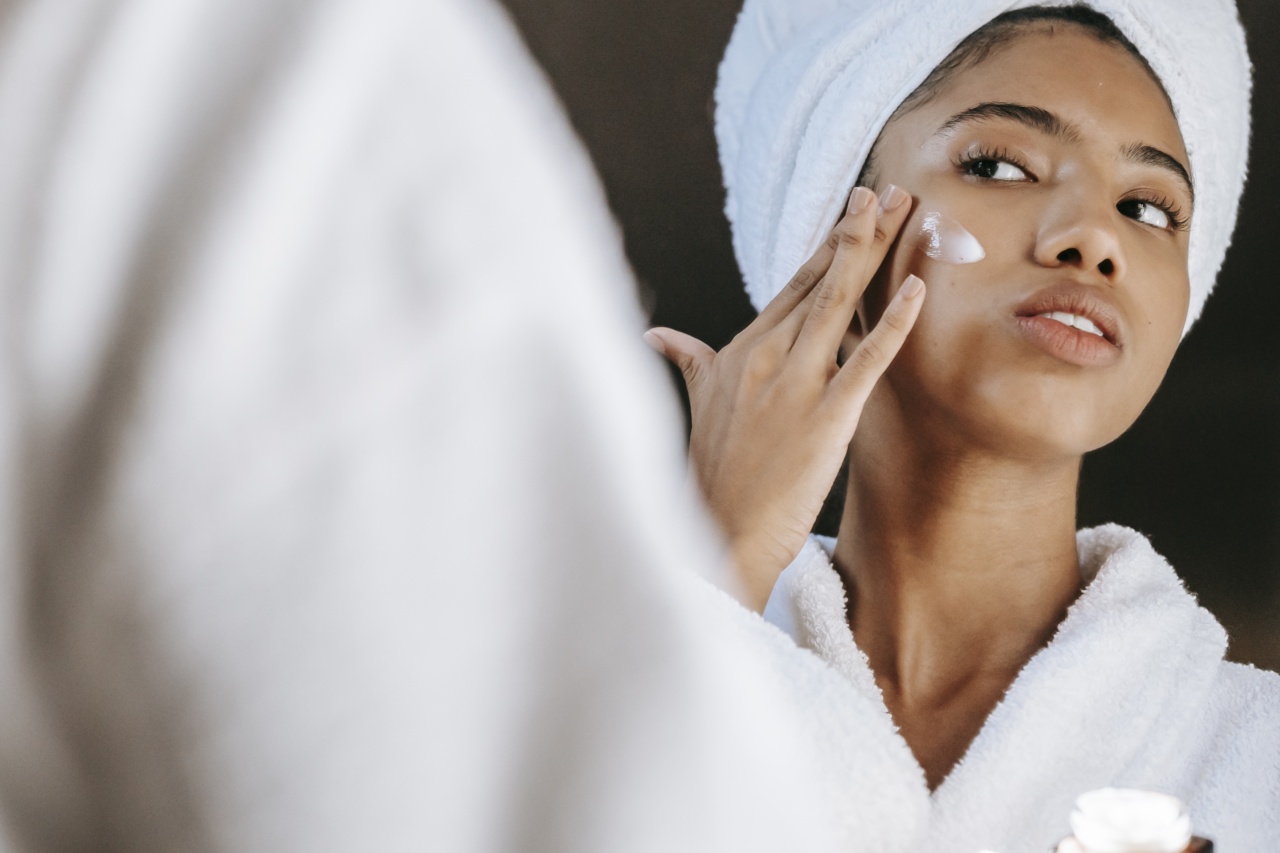Pain is a common occurrence that everyone experiences at some point in time. Whether it’s a headache, menstrual pain, or muscle soreness, it can be debilitating and prevent you from carrying out your daily activities.
While there are many over-the-counter painkillers available, they can have unintended side effects and can be addictive if used frequently. Fortunately, there are several natural pain relief options you can try at home. Here are thirty ways to ease your pain without relying on medication.
H2: Aromatherapy
Aromatherapy is the use of essential oils to promote physical and emotional well-being. Essential oils can be used in several ways to provide pain relief. You can add them to bathwater, diffuse them in a diffuser, or apply them topically.
The following essential oils are particularly effective at reducing pain:.
- Lavender is a natural painkiller and anti-inflammatory. Its calming scent can also promote relaxation and reduce stress.
- Peppermint contains menthol, which has cooling and pain-relieving properties. It’s especially effective at reducing headaches and muscle pain.
- Eucalyptus has a strong anti-inflammatory effect and can help relieve respiratory issues, making it useful for asthmatics and those with allergies and sinusitis.
- Ginger can be applied topically or taken in capsule form to reduce pain and inflammation.
H2: Herbal Remedies
Herbal remedies have been used for centuries to treat a variety of ailments. Here are five herbs that can help relieve pain:.
- Turmeric contains curcumin, which has powerful anti-inflammatory properties, making it useful for reducing arthritis pain.
- White willow bark contains salicin, which is similar to aspirin and can be used to relieve headaches and muscle pain.
- Ginger can be used to reduce inflammation and pain caused by osteoarthritis, rheumatoid arthritis, and menstrual pain.
- Clove can be applied topically to reduce pain caused by toothaches and gum pain.
- Chamomile tea can be used to reduce the pain associated with menstrual cramps and stomach pain.
H2: Heat and Cold Therapy
Heat and cold therapy can be used to reduce pain and inflammation in different parts of the body. Here’s when to use which:.
- Heat therapy is ideal for muscle aches, joint pain, and menstrual cramps. You can use a warm towel, heating pad or take a warm bath to relieve pain.
- Cold therapy is ideal for reducing swelling and pain caused by injuries, such as sprains and strains, and headaches.
H2: Massage
Massage therapy has been used for thousands of years to reduce pain and promote relaxation. Here are some of the benefits of massage:.
- It can help reduce muscle tension and improve flexibility.
- It can improve circulation and promote lymphatic drainage, which helps to flush out toxins from the body.
- It can reduce stress levels, which can contribute to pain and tension in the body.
H2: Exercise and Stretching
Exercise and stretching can help reduce pain and improve mobility. Here are some tips for incorporating exercise and stretching into your daily routine:.
- Start with low-impact exercises, such as walking or swimming, and gradually increase the intensity and duration of your workouts.
- Consider incorporating yoga or Pilates into your routine for increased flexibility and relaxation.
- Stretch before and after exercise to reduce muscle tension and improve flexibility.
H2: Mind-Body Techniques
Several mind-body techniques can be used to reduce pain and stress. Here are three to consider:.
- Meditation can help reduce stress and improve pain management by promoting relaxation and mindfulness.
- Deep breathing can help reduce tension and promote relaxation, making it useful for managing chronic pain.
- Acupuncture has been used for thousands of years to relieve pain. Small needles are inserted into specific points on the body, which helps to stimulate the body’s natural painkillers.
H2: Other Solutions
Here are five additional solutions that can help relieve pain:.
- Drink plenty of water to keep your body hydrated and flush out toxins.
- Avoid trigger foods that can aggravate conditions such as migraines, arthritis, and digestive issues.
- Use a supportive pillow and mattress to reduce neck and back pain.
- Take breaks and stretch if you sit or stand for extended periods.
- Avoid overexerting yourself and pace yourself with physical activities to avoid pain and injury.
By incorporating these natural pain relief solutions, you can reduce dependence on painkillers and improve your overall health and well-being.































